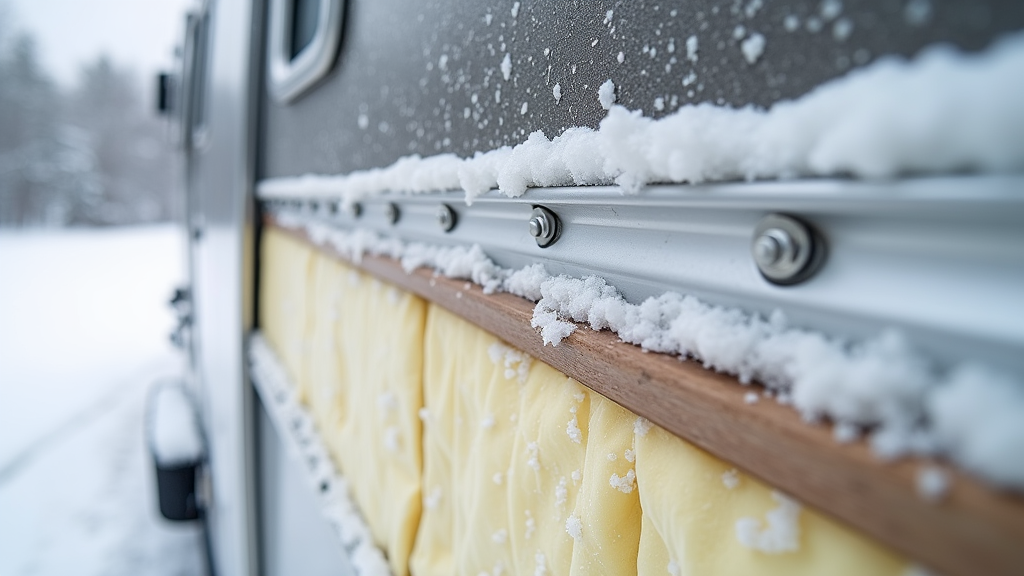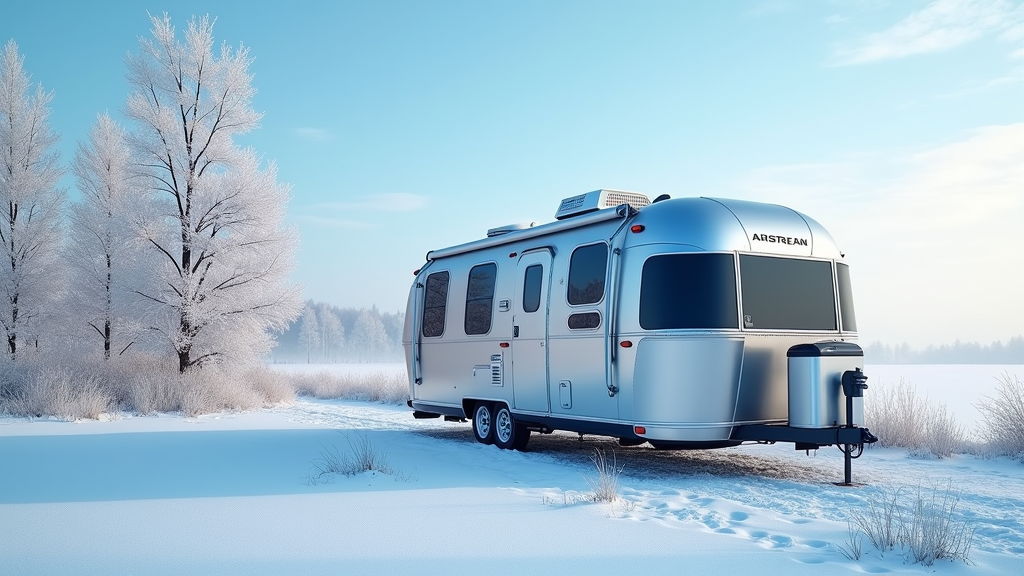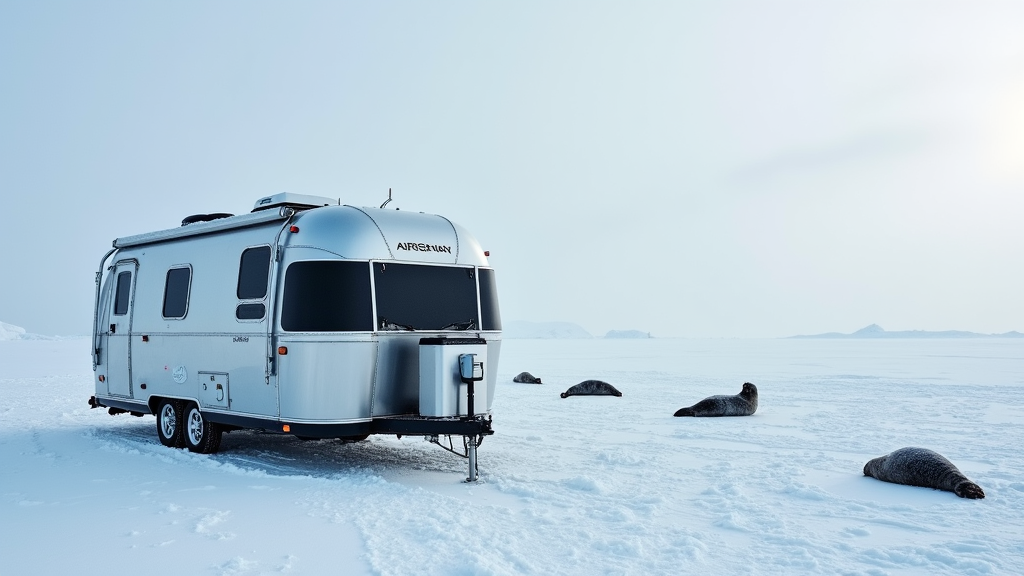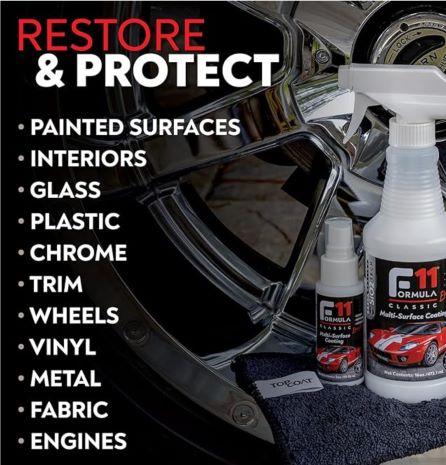Winterizing your Airstream for cold-weather travel is a practical task that ensures your trailer stays safe and comfortable during the winter months. In colder climates, proper preparation can help avoid leaks, frozen pipes, and other issues that come with extreme temperatures.
I have put together an all-in-one guide that outlines the steps you can follow to protect your Airstream and enjoy trips even when it’s chilly outside.
Essential Steps for Winterizing Your Airstream
Protecting your Airstream means making sure every area exposed to frigid temperatures is secured. This involves checking seals, insulating pipes, and preparing both the interior and exterior for harsh weather. The aim is to avoid problems like frozen water lines or cracked seals that could lead to expensive repairs later.
Begin by inspecting all seals around windows and doors. Cold weather can cause materials to contract, so ensuring a snug fit is key. Consider replacing older sealant with a high-quality caulk or weather stripping designed for low temperatures. The exterior should also be checked for any wear that might invite water infiltration during rain or snow.
Next, examine your water and plumbing systems. Whether you drain your water tanks entirely or add an antifreeze solution, protecting against frozen pipes is a top priority. In some cases, a combination of both methods offers the best protection.
Insulating water lines is another step not to overlook. Additional insulation helps maintain steady temperatures, reducing damage from sudden cold snaps. Also, check propane tanks and onboard appliances to ensure they are secure and ready for low temperatures.
Getting Started with Cold Weather Travel Preparation
Before you set out on a winter road trip, it’s important to get organized. Each step plays a role in ensuring a smooth adventure. Below is a simple guide to help you set up your Airstream for the cold season:
- Inspect the Exterior: Walk around your trailer and look for cracks, peeling paint or any damage that might let the cold in. Make sure window and door seals are free from signs of wear.
- Prepare the Plumbing System: Depending on your setup, consider draining the freshwater system or adding RV-safe antifreeze to the water lines. Run a cycle through faucets and ensure that holding tanks are properly vented.
- Protect Heating Appliances: Whether using gas or electric heating, inspect your appliances. Clean and service your furnace and ensure ventilation paths are clear of snow and ice buildup.
- Battery and Tire Check: Cold weather can reduce battery efficiency and affect tire pressure. Confirm batteries are fully charged and bring a portable battery charger. Also, inspect tires for adequate tread and pressure.
- Review Your Insulation: Extra insulation might be needed if you plan an extended stay. Check walls, floors, and areas under your Airstream to help maintain heat inside.
Getting your Airstream in top shape now can save you from major problems if the weather worsens while you’re on the road.
Common Challenges in Cold Weather Travel
While winterizing your Airstream can extend the life of your vehicle, it does come with challenges. Many owners face issues that can be overcome with some thoughtful planning.
- Ice Buildup: Snow and ice often accumulate around seals and on the undercarriage. It is important to clear buildup regularly or use products that help prevent ice formation.
- Battery Drain: Low temperatures can diminish battery performance. Ensure all batteries are fully charged before traveling, and store spares in a warm place.
- Moisture and Condensation: Outdoor cold and indoor warmth can result in moisture build-up, potentially causing mold or mildew. Running a dehumidifier while parked can help keep indoor air dry.
- Fuel and Appliance Issues: Propane and other fuels may not work as expected in extreme cold. Verify that fuel tanks are well-maintained and heating systems function efficiently in lower temperatures.
It’s wise to have a backup plan for unexpected weather events. Preparing for these challenges can make your road trips smoother and your stays more comfortable during the winter season.
Ice Buildup
Ice accumulation can create issues, from disrupting door seals to adding extra weight to your trailer. Regularly inspect areas where snow or ice gathers and remove buildup when necessary.
Battery Drain
With a bit of planning, you can manage battery performance. Keep backup chargers on hand and store important batteries in an insulated space when not in use to maintain consistent power.
Moisture and Condensation
The mix of outdoor cold and indoor warmth can lead to moisture build-up. Along with using dehumidifiers, make sure ventilation systems work properly to avoid long-term mold or structural damage.
Fuel Efficiency in Extreme Cold
Propane can be ineffective in low temperatures, affecting the RV furnace. Be sure to keep your DOT cylinders topped off to prevent being in the cold!
In cold weather, RV propane tanks experience a decrease in internal pressure due to the contraction of the liquid propane inside, which can potentially lead to reduced gas flow to your appliances, meaning you might notice a decrease in heating efficiency; however, propane itself does not freeze unless temperatures reach extremely low levels (-306°F).
Regular seasonal maintenance of your RV heater will help keep your system running smoothly.
These challenges are common, but they can be managed effectively with ongoing maintenance and a flexible approach.
Advanced Tips for Winterized Living on the Road
Once the basics are in place, follow a few advanced tips to ensure greater comfort and safety when winterizing your Airstream. These tips are especially useful for long-term stays or extended travel during the cold months.
Upgrade Your Insulation: Add extra layers to critical areas like the floor and ceiling. Using materials crafted for cold weather can help retain heat more effectively while lowering energy usage.
Install Skirting: Adding skirting around your Airstream not only improves its look but also traps heat underneath the trailer. This added protection is especially useful in extremely cold conditions.
Use a Portable Generator: In remote areas with inconsistent power, a portable generator can be essential. Ensure it is rated for cold weather and follow safety guidelines to avoid carbon monoxide issues.
Keep Extra Supplies: Stock up with additional warm clothing, blankets, and emergency items. Being prepared with extra resources can ease unexpected delays or emergencies, helping you maintain comfort at all times.
These techniques ensure your trailer remains a warm haven even under the harshest conditions, making winter travel more reliable.
Essential Equipment to Winterize Your Airstream
Having the right tools and materials is vital during winterization. The equipment you choose determines how well your Airstream withstands the stresses of winter.
Consider these items as essential when preparing your trailer for cold weather:
- Heavy-Duty Insulation: Materials such as foam board insulation or high-density fiberglass protect windows, doors, and walls from the bitter cold.
- Weather Stripping and Caulk: Use top-notch weather stripping to seal gaps and prevent drafts. Caulk applied around windows and seams further tightens the fit.
- Antifreeze Solutions: Non-toxic antifreeze shields water lines and may also be used in holding tanks to stop any remaining water from freezing.
- Portable Heaters: Supplemental heaters provide extra warmth in areas that lose heat quickly. Choose models that are safe for indoor use in an RV setting.
- Protective Covers: Tarps or specially designed Airstream covers help shield your trailer from snow and ice build-up during extended stays.
These tools form the backbone of any effective winterization plan, ensuring that your time on the road is both safe and comfortable.
Frequently Asked Questions
Below are some common questions from Airstream owners preparing for winter travel:
Question: What is the best time to winterize my Airstream?
Answer: It’s best to begin winterizing before temperatures drop significantly. Early fall is an ideal time to complete these preparations so that you’re ready when the first frost appears.
Question: Should I drain all the water lines, or is there an alternative?
Answer: Depending on your usage, you can either drain the water systems completely or add a non-toxic antifreeze. Draining works well, but if you plan to use your system periodically, antifreeze might be preferable.
Question: How do I make sure my Airstream retains heat during cold nights?
Answer: Focus on insulation and sealing any exterior gaps. Additional insulation, such as skirting and portable heaters, can make a significant difference on very cold nights.
Wrapping Up
Winterizing your Airstream takes some effort and planning, but it’s well worth it for the peace of mind it brings. With proper maintenance and the right equipment, you can avoid many problems that come with cold-weather travel. Every step—from inspecting seals and insulating water lines to upgrading insulation and installing skirting—contributes to a more reliable travel experience.
Good winter preparations not only protect your investment but also create a cozy refuge when temperatures drop. Routine checks and maintenance ensure that nothing is overlooked, while smart upgrades can extend the life of your trailer for years to come.
Many seasoned travelers share insights through online communities, offering ideas that you can use to further refine your setup. As you get more experience, you might find new ways to improve your system. Innovations in insulation, energy management, and heating continue to emerge, bringing fresh solutions for cold-weather traveling.
Investing time now can save you trouble later. Once everything is ready, take a moment to enjoy the beauty of a snowy landscape from your well-prepared Airstream.
For those who cherish life on the road and the charm of a well-prepared Airstream, winterizing is more than a task. It is part of the adventure. With careful planning, effective equipment, and regular upkeep, your home on wheels stays inviting even in the coldest months. Thank you for reading this all-in-one guide on winterizing your Airstream. Safe travels and warm journeys!
__________________________________________________
To learn more about us, click here.
Please feel free to ask a question or leave a comment before you read other articles on our website.
Pam and I hope that while you enjoy the RV lifestyle, you also run an online business from your RV! We do!!
With great RV connectivity, as discussed on this website, you can easily make money while traveling to whatever destination you desire.
Would you like to create an income while enjoying RV travel? Is there something that you are passionate about?
You can create an online business that you can run anywhere. I can help you do that!
CREATE AN ONLINE BUSINESS FROM SOMETHING YOU LOVE TO DO!












Recent Comments